Key West architecture is a captivating blend of historical influences and tropical flair, characterized by its unique mix of Victorian, Bahamian, and Caribbean styles. This eclectic combination creates an inviting atmosphere that reflects the island’s rich cultural heritage and its adaptation to the local climate. Whether you’re exploring the charming Old Town or admiring the iconic Conch houses, Key West’s architecture offers a visual feast that speaks to both its history and its laid-back island vibe.
The Historical Roots of Key West Architecture
The origins of Key West architecture trace back to the early 1800s when the island was a thriving port town. The first settlers, including Bahamians and New Englanders, brought their building traditions with them, which led to the development of simple wooden structures suited to the tropical environment. As the island prospered through industries like cigarmaking, more elaborate styles emerged, particularly Victorian architecture, known for its intricate details and grand verandas.
This architectural evolution is evident in the iconic Conch houses, which blend Bahamian simplicity with Victorian elegance. These homes, often featuring wide porches and distinctive wooden frames, have become synonymous with Key West’s architectural identity. Today, these structures not only serve as homes but also as historical landmarks that showcase the island’s rich cultural tapestry.
Victorian Elegance: A Key Element of Key West Architecture
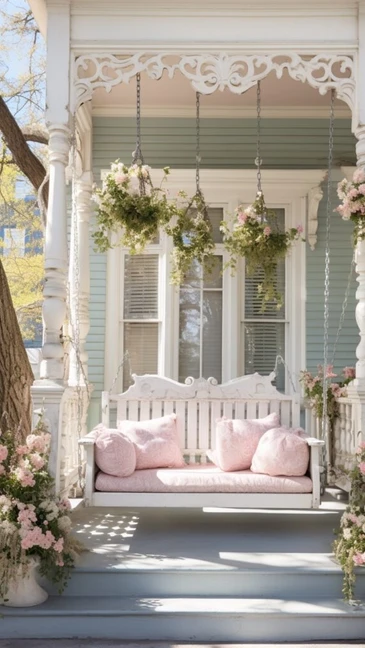
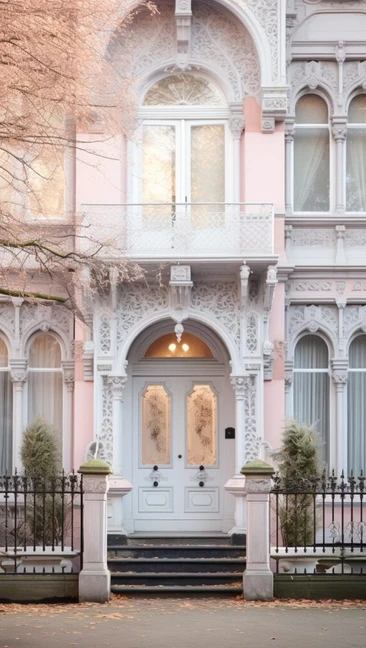
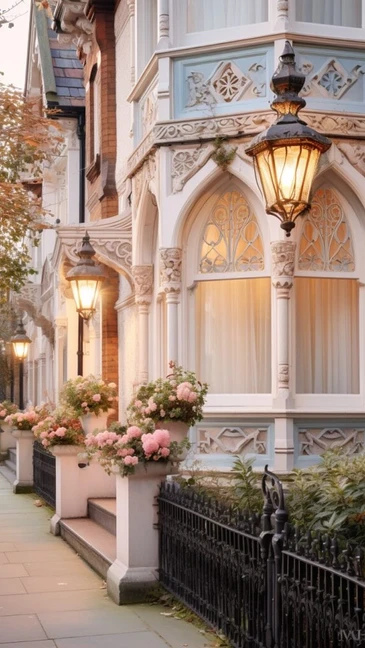
Victorian architecture plays a significant role in defining the aesthetic of Key West. This style, which became popular during the late 19th century, is marked by its ornate decorations, steeply pitched roofs, and expansive verandas. In Key West, these Victorian homes often feature intricate woodwork known as “gingerbread” trim, which adds a whimsical touch to the already grand designs. The vibrant colors that many of these homes are painted in further contribute to the island’s lively and welcoming atmosphere. These Victorian structures not only showcase the wealth that flowed into Key West during its prosperous years but also serve as a beautiful reminder of the island’s storied past.
The Bahamian Influence on Key West Architecture
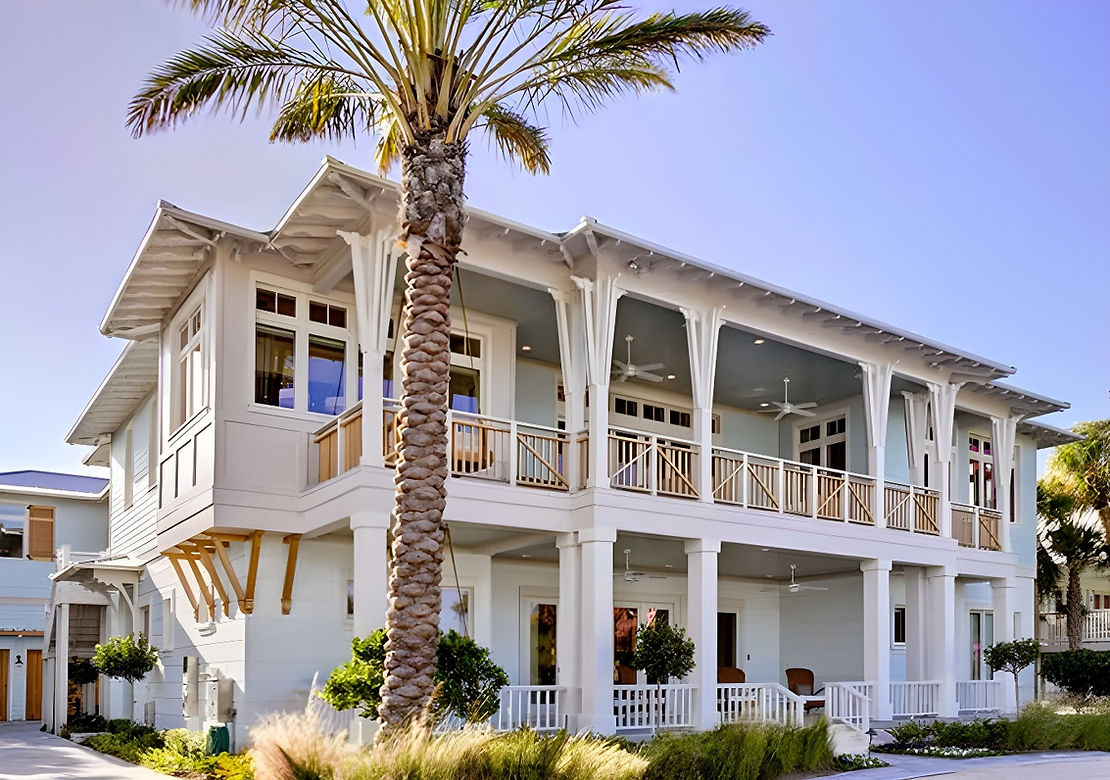
The Bahamian influence is perhaps the most foundational in Key West architecture, reflecting the early settlers who brought with them building techniques suited to the tropical climate. Bahamian-style homes are typically modest, wooden structures designed to maximize airflow and coolness, with features like wide porches, raised foundations, and louvered shutters. These elements help the homes withstand the heat and humidity, while also protecting against tropical storms. The simplicity and functionality of Bahamian architecture have made it a lasting presence in Key West, influencing the design of many homes, from the oldest structures to more modern builds.
Conch Houses: The Heart of Key West Architecture
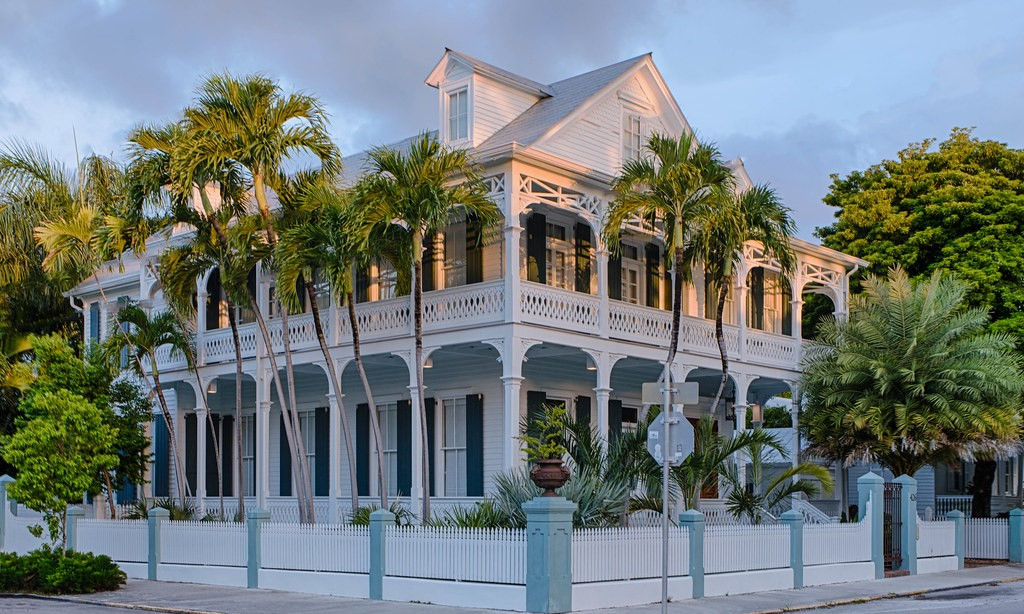
Conch houses are perhaps the most iconic structures within Key West architecture, representing the island’s unique cultural and historical blend. These homes, originally built by Bahamian immigrants in the early 19th century, are characterized by their simple, yet sturdy, wooden construction, often featuring wraparound porches, high ceilings, and shuttered windows to promote airflow and combat the tropical heat. Many of these houses were constructed from Dade County Pine, a dense, termite-resistant wood that has withstood the test of time. The Conch style’s enduring popularity reflects its practicality and charm, making it a defining feature of Key West’s architectural landscape.
Caribbean Inspirations in Key West Architecture
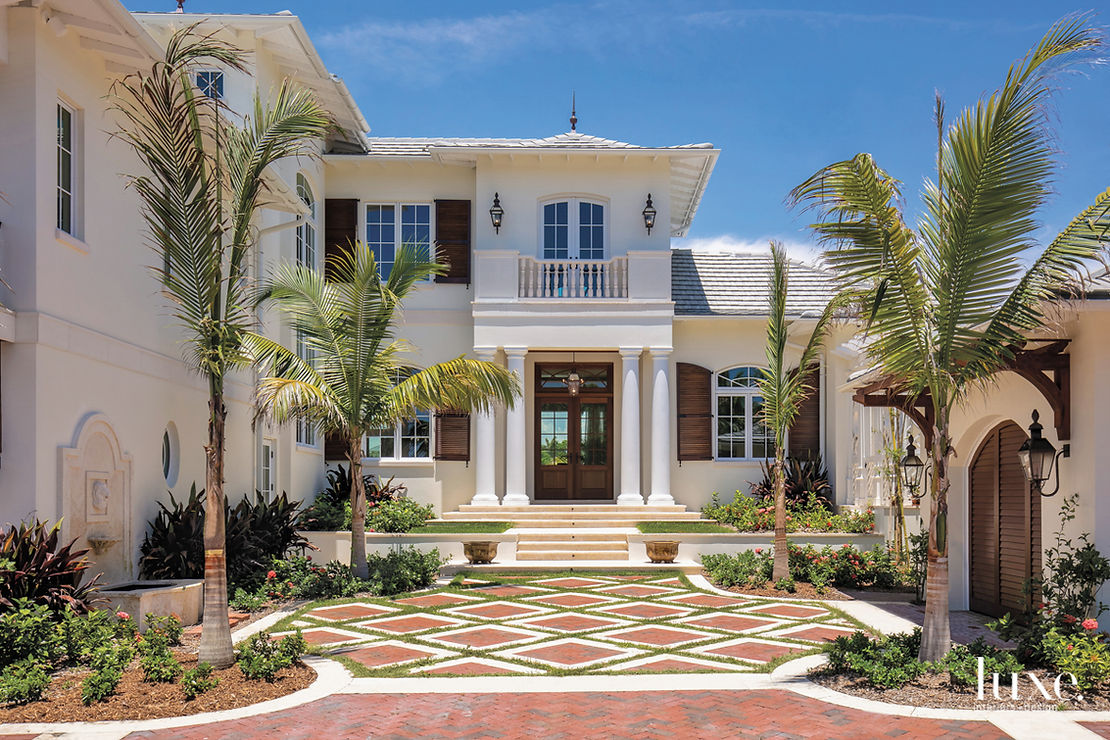
Caribbean influences are deeply embedded in Key West architecture, with elements such as bright, pastel-colored exteriors, arched windows, and decorative ironwork. These features bring a touch of the tropics to the island, creating a vibrant and inviting atmosphere. The use of color is especially significant, with homes painted in hues inspired by the natural surroundings—like turquoise, coral, and lime green—enhancing the tropical vibe. This Caribbean flair, combined with Key West’s laid-back lifestyle, contributes to the island’s distinctive and picturesque charm, drawing both residents and visitors into its warm, welcoming embrace.
Materials That Define Key West Architecture
One of the defining aspects of Key West architecture is the use of materials that are both practical and aesthetically pleasing in the tropical environment. Dade County Pine is a standout, historically used in many of the island’s older homes for its resistance to both rot and termites. This dense wood has contributed to the longevity of many historic structures, including the iconic Conch houses. In addition to wood, metal roofing is another common feature, chosen for its durability and ability to reflect the harsh sun, helping to keep interiors cool. The combination of these materials not only reflects the island’s resourcefulness but also adds to the unique charm of Key West’s built environment.
Ornamental Details: Gingerbread and Beyond
The ornamental details found in Key West architecture, particularly the Victorian-style homes, add a layer of elegance and charm that is hard to overlook. Known as “gingerbread” trim, this intricate woodwork adorns the eaves, porches, and railings of many homes, giving them a whimsical, fairy-tale appearance. These details are often complemented by brightly painted shutters, latticework, and wrought iron balconies, which together create a visually rich and textured landscape. These ornamental touches are not merely decorative; they also reflect the island’s history of craftsmanship and the influence of various architectural styles that have merged over time to create something truly unique.
The Vibrant Colors of Key West Architecture
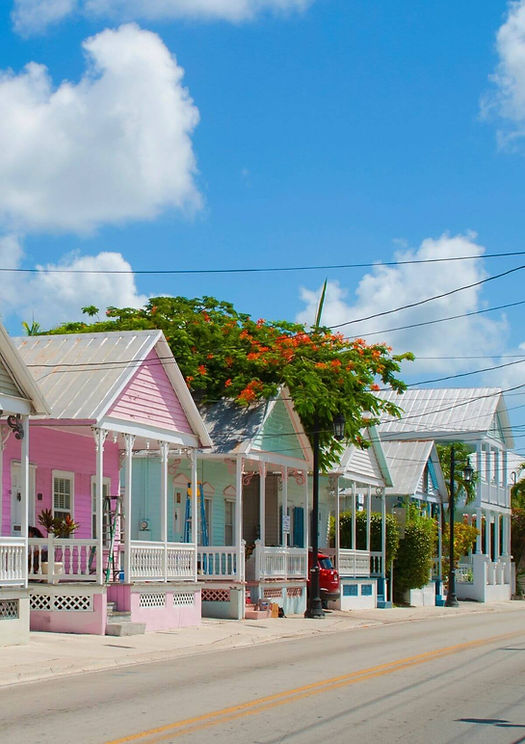
Color is a significant element in Key West architecture, contributing to the island’s lively and vibrant character. The use of bright, bold colors—such as pastel blues, pinks, yellows, and greens—is a hallmark of the local style, reflecting both the tropical environment and the island’s cultural influences. These colors not only enhance the visual appeal of the homes but also help to reflect the intense sunlight, keeping interiors cooler. The combination of these vivid hues with the intricate details of the buildings creates a picturesque scene that is quintessentially Key West, attracting photographers, artists, and tourists alike.
Adapting to the Tropics: How Climate Shapes Key West Architecture
Key West architecture is a perfect example of how buildings can be designed to suit their environment. The tropical climate of the Florida Keys, with its hot, humid summers and frequent hurricanes, has heavily influenced local building practices. Many homes are elevated on stilts to protect against flooding, and roofs are often steeply pitched to allow rainwater to run off quickly. The use of wide, covered porches and large windows helps to promote airflow, keeping interiors cool even in the height of summer. These adaptations are not only practical but also contribute to the distinctive look and feel of Key West’s architectural landscape.
Key Landmarks That Showcase Key West Architecture
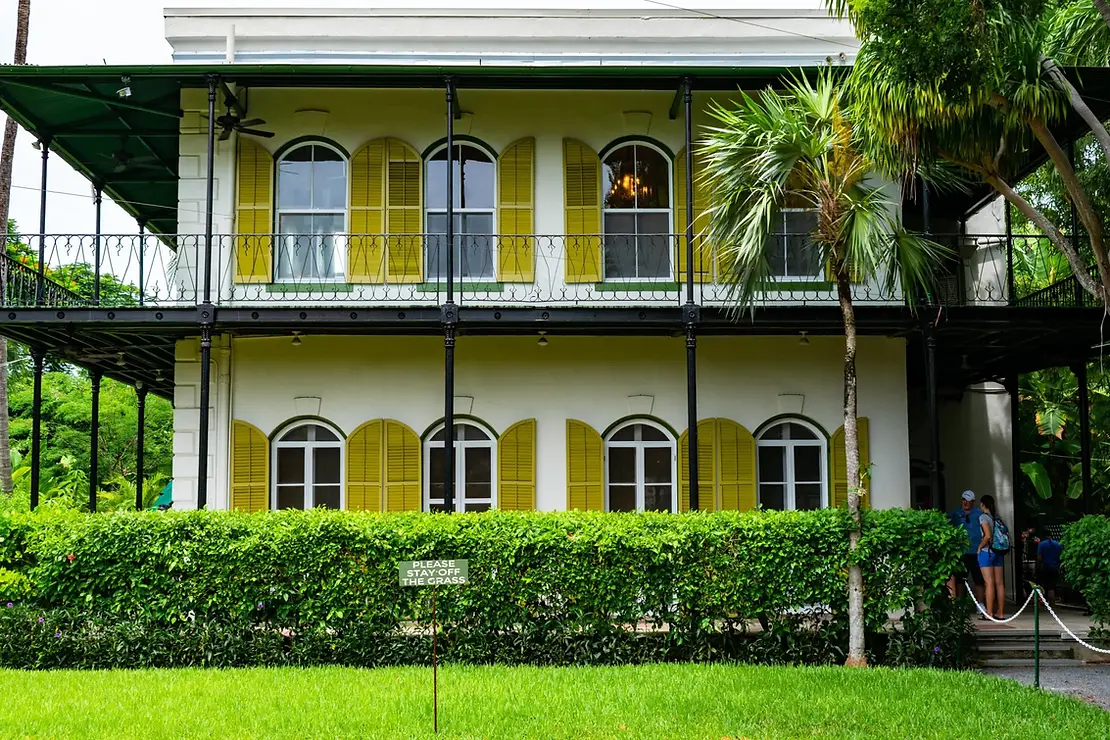
Key West is home to numerous architectural landmarks that perfectly showcase the island’s unique blend of styles. The Ernest Hemingway Home and Museum, with its Spanish Colonial architecture, stands as one of the most famous examples, reflecting both the island’s history and its connection to literary culture. Another iconic site is the Audubon House and Tropical Gardens, a classic example of 19th-century Conch architecture, which features wide verandas, louvered windows, and lush gardens. These landmarks, along with many others, offer visitors a glimpse into the architectural diversity and historical richness of Key West, making them must-see destinations for anyone interested in the island’s built environment.
Cultural Reflections in Key West Architecture
The architecture of Key West is not just a reflection of different design influences but also a mirror of the island’s cultural diversity. The various architectural styles found throughout the island—ranging from Victorian elegance to Bahamian simplicity—speak to the many cultures that have contributed to Key West’s development over the centuries. The use of vibrant colors, ornate details, and practical designs all reflect the island’s history as a melting pot of different peoples and traditions. This cultural blend is what makes Key West architecture so distinctive and beloved, embodying the spirit of a community that is as colorful and diverse as its buildings.
Why Key West Architecture Draws Tourists Worldwide
Key West architecture is more than just a collection of buildings; it is a major draw for tourists from around the globe who come to experience the island’s unique blend of history, culture, and tropical charm. The picturesque streets lined with colorful homes, intricate gingerbread details, and lush gardens create an environment that feels both nostalgic and vibrant. Visitors are particularly captivated by the preserved historic homes, such as the Ernest Hemingway Home and the Audubon House, which offer a window into the past while also celebrating the architectural creativity that defines Key West. The island’s architecture is a key element of its identity, making it a destination where history meets the tropical lifestyle in the most visually stunning way.
Conclusion: The Timeless Appeal of Key West Architecture
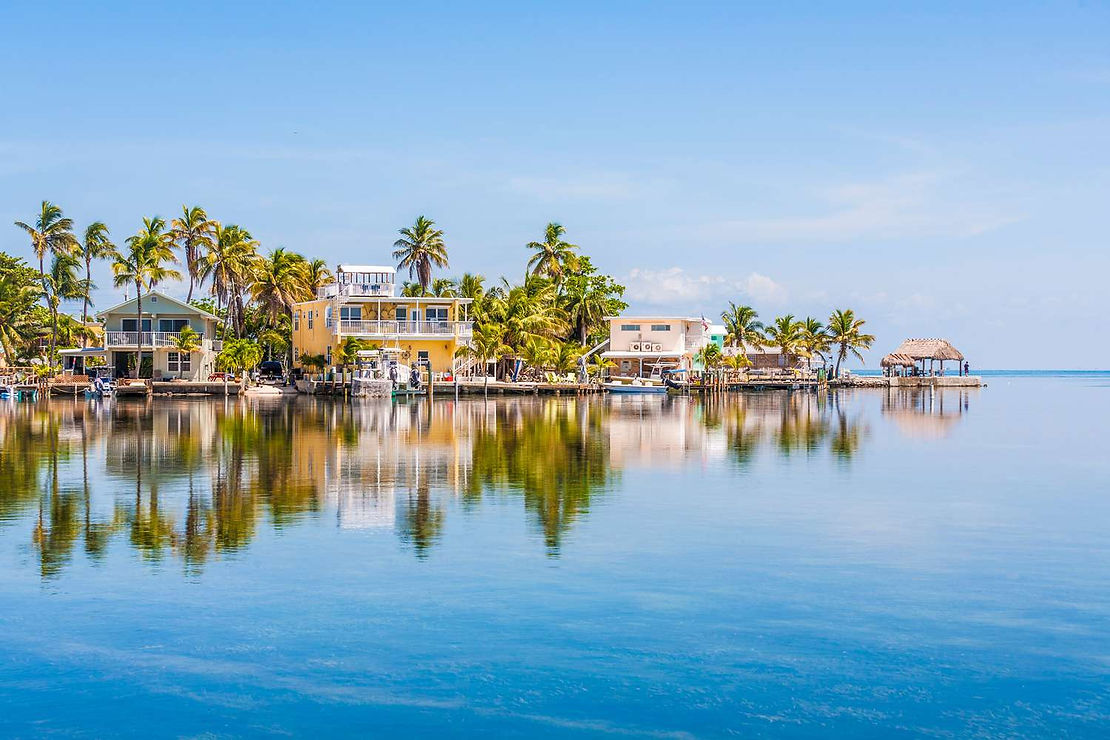
Key West architecture stands as a testament to the island’s rich cultural history and its ability to adapt to the challenges of its environment. The fusion of Victorian elegance, Bahamian practicality, and Caribbean flair creates a distinctive architectural landscape that is both functional and beautiful. As a result, Key West remains a beloved destination for those who appreciate the charm and character of its buildings, which continue to inspire admiration and preservation efforts. Whether you’re a first-time visitor or a long-time resident, the architectural treasures of Key West offer a timeless appeal that resonates with all who experience them.
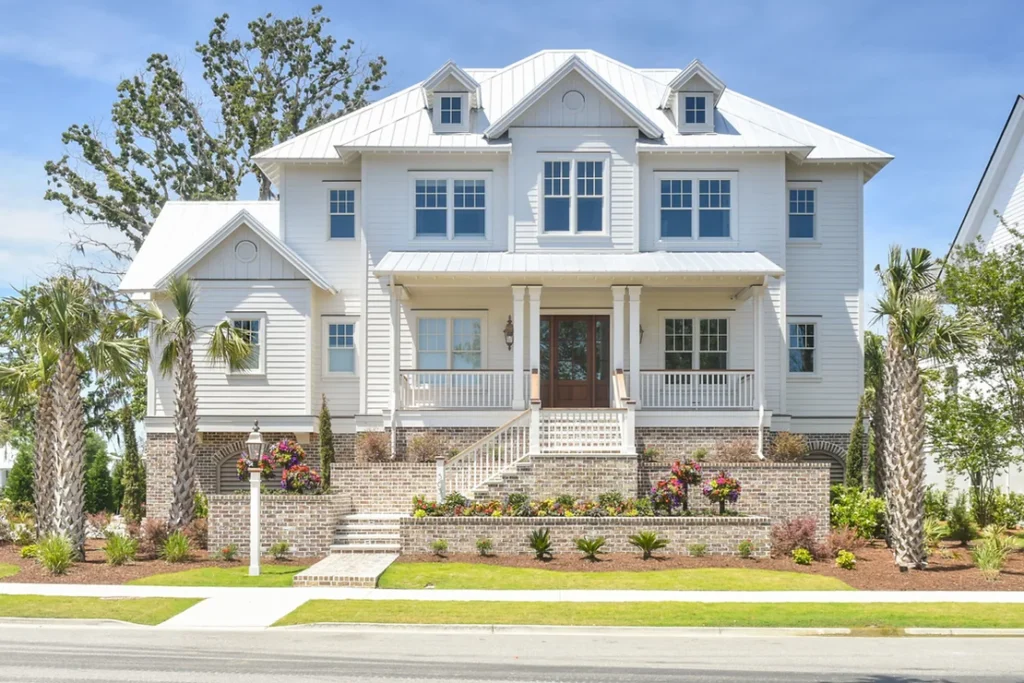
Recent Posts
15 Floor Plan Graphic Styles That Will Elevate Your Presentation Game
The Role of Shadows in Architectural Storytelling
When Furniture Becomes Architecture: Blurring the Line